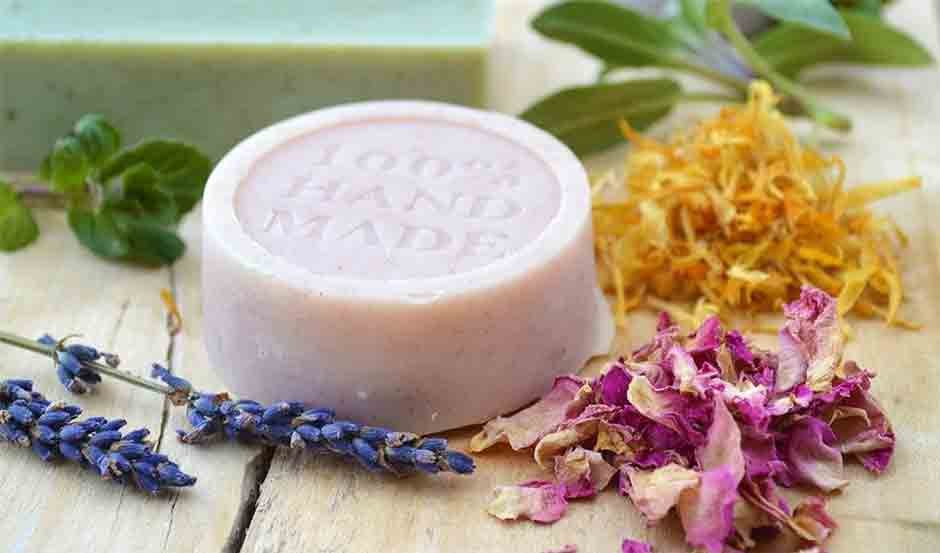Top Additives to Use When Soap Making

A soap made with high-quality ingredients is essential for anyone, but especially for people with extreme sensitivities and dermatological issues. Additives like oils can enhance fragrance while softening and strengthening the skin. Buying essential oils wholesale from a reliable supplier will help you create soaps in large quantities. Here are the top additives to use when soap making.
Essential Oils
Essential oils contain highly concentrated liquids that have aroma compounds sourced from plants. You can dilute these oils before adding them to soap to get the full benefits of their aromatherapeutic properties. Essential oils can be categorized into three notes: base, top, and middle. Base notes are spicy or woody and tend to be much heavier, but they can include something floral like Ylang Ylang. They work great in soap making and are the longest lasting, especially when mixed with lighter notes. The top notes are fresh and light and are those you first smell in a blend. Some disappear fast, like citrus scents, while certain exceptions, like peppermint, can last longer.
The middle notes can be spicy, floral, woody, or sometimes citrus. Some examples of middle notes include rosemary, lemongrass, lavender, and geranium, and they can last longer than top notes. Other popular essential oils used in soap making include lavender, eucalyptus, lemon, tea tree, and peppermint.
When selecting essential oils wholesale for soap making, consider their benefits and therapeutic properties. For example, citrus oils such as lemon can help to refresh and brighten the skin, while lavender offers relaxing and calming properties.
Color
A color additive is any substance, dye, or pigment that can add color when applied or added to soap. Pigments and oxides are available in a powdered form and provide a strong color. They are made in a lab to prevent compounds or bacteria from contaminating the mixture. Add in as much color as you want to the soap base, provided the soap bubbles stay white. When the bubbles get colored, it shows you’ve used too much color. Color micas are oil or water dispersible. Lakes and pigments are oil dispersible. Dispersible color additives are distributed uniformly throughout water or oil as they are insoluble. Dyes are water-soluble. Clays are a more stable and common colorant and come in many colors.
Lye
Lye is a chemical that acts as an emulsifier in soap to stabilize the solution by binding the oil and fats together. Sodium hydroxide is the most common, but potassium hydroxide can also refer to lye. Sodium creates bar soap, while potassium makes liquid soap. A lye solution combines with fat or oil to create a chemical reaction. The reaction breaks the oils or fats into fatty acid chains, neutralizing the lye mixture. This process can take place in a cold or heated environment. Hot processes turn the liquid soap into a solid bar in minutes. The heat that is applied to the oil and lye solution speeds up the saponification process as the water molecules found in the oil evaporate fast.
The cold process is where the soap gets saponified with no rinsing or warming at room temperature. This soap is then poured into a mold to dry, which can take weeks. Cold process soaps conserve the ingredients’ natural and beneficial properties since they’re not heated. Lye helps to create a smooth, stable, homogeneous solution.
Fats and Oils
Saturated fats provide bar soap with a hardness which helps the soap to last longer. Beef tallow is a type of saturated fat most commonly used as it’s widely available. Many individuals who have skin sensitivity avoid soaps with beef tallow and use soap with gentler vegetable sources such as palm or olive oil instead. Coconut oil is another popular saturated fat, but the fatty acids have shorter length carbon chains which can increase water solubility. This means that they won’t make as many suds for cleaning power.
Coconut oil can dry the skin, so you want to add moisturizing and conditioning ingredients. Liquid vegetable oils act as moisturizers or emollients in soap recipes, which. When used in the right proportions, they can reduce saturated fats’ drying properties to make a white, conditioning, and hard bar soap. Examples of common vegetable oils include olive oil, safflower oil, sunflower oil, castor oil, and soybean. Be careful when using them, as their shelf life might not be as long as other oils.
Find the Best Essential Oils Wholesale Supplier
Look for an essential oils wholesale supplier known for selling high-quality ingredients. Choose a supplier committed to sourcing premium, certified essential oils from the best producers. A supplier who sells therapeutic, pure essential oils in large quantities can provide you with everything you need at a good price.



